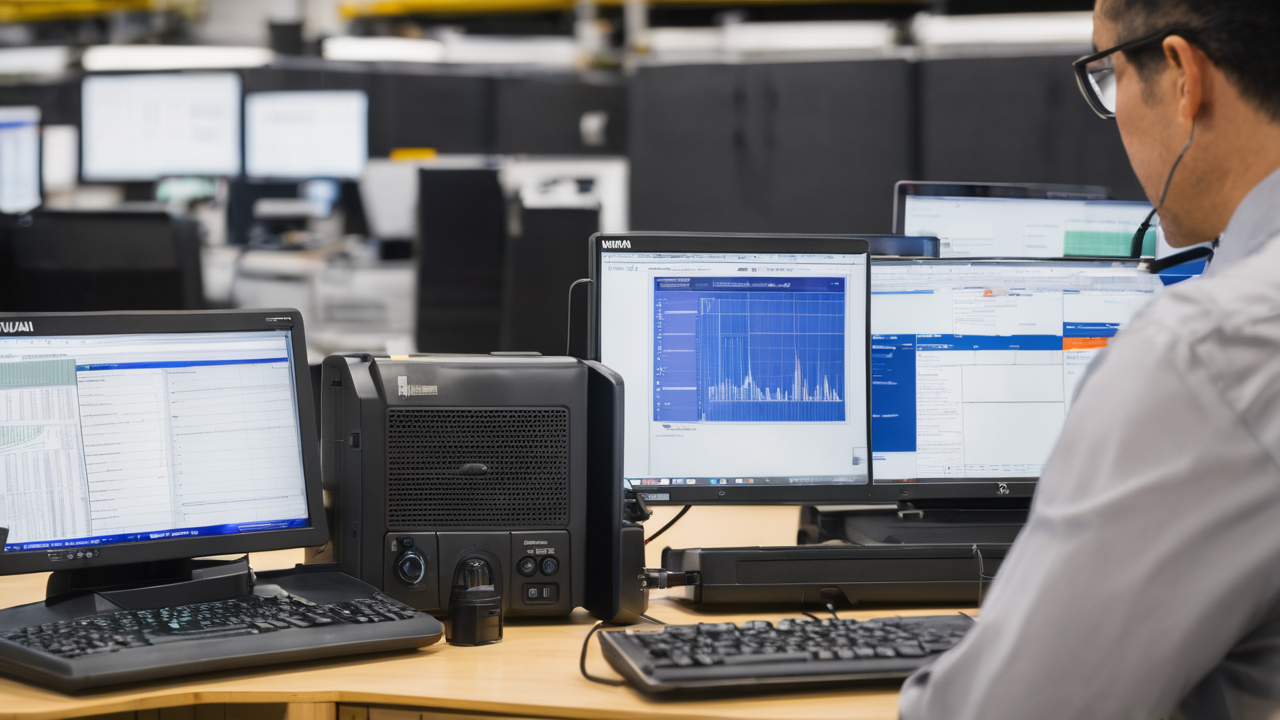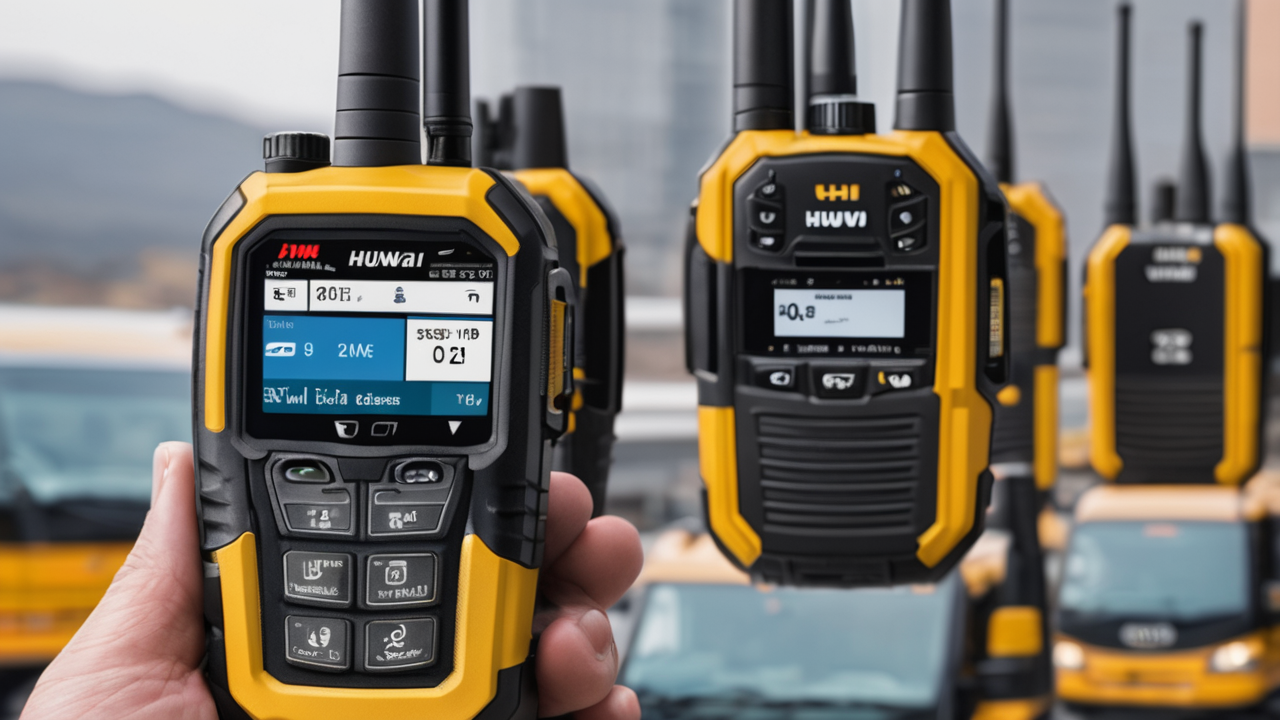Understanding the Landscape of Walkie Talkie Technology
The Evolution of Walkie Talkie Devices
Walkie talkies have come a long way since their inception. The first devices were bulky and limited. Today, they are compact and feature-rich. Early models used basic analog signals. Modern ones use digital tech for clearer audio. The range has improved from a few hundred yards to several miles. Battery life has also increased significantly. Now, some can last for days on a single charge. Features like GPS tracking and emergency alerts are now common. These changes make walkie talkies more useful for businesses. They are no longer just for military or outdoor use. Many industries now rely on them for daily operations.

Frequency and Protocol Comparison
Walkie talkies operate on different frequencies and protocols. The most common are UHF and VHF. UHF works well indoors and in urban areas. VHF is better for outdoor use and long distances. Digital protocols like DMR and NXDN offer better audio quality. They also support more features than analog systems. TETRA is a high-end protocol used by emergency services. It offers secure, multi-channel communication. Each protocol has its strengths and weaknesses. The choice depends on the specific needs of a business. Factors like range, clarity, and security play a role in selection.
Advanced Features of Modern Walkie Talkies
Modern walkie talkies are packed with advanced features. Many now have color displays and intuitive interfaces. GPS tracking allows managers to monitor team locations. Text messaging is possible on some models. This is useful when voice communication isn't ideal. Noise cancellation improves audio quality in loud environments. Encryption ensures private conversations. Some devices can connect to Wi-Fi or cellular networks. This extends their range beyond radio limits. Bluetooth support allows for wireless headsets. Software updates can add new features over time. These advances make walkie talkies more versatile than ever before.
Selecting the Best Walkie Talkie for Your Business
Key Features to Look for in a Professional Walkie Talkie
When choosing walkie talkies for business, several features are crucial:

- Range: Consider the distance your teams need to cover.
- Battery Life: Long-lasting batteries are essential for full-day use.
- Durability: Look for rugged designs that can withstand harsh conditions.
- Audio Quality: Clear communication is vital in noisy environments.
- Channel Capacity: More channels allow for organized team communication.
- Water Resistance: Important for outdoor or industrial use.
- Emergency Features: Look for devices with distress signals or man-down alerts.
- Display: A clear display helps with menu navigation and status checks.
- Accessories: Consider available add-ons like earpieces or vehicle chargers.
The best choice will depend on your specific business needs and environment.
Considerations for Scalability and User Count
When planning a radio network, think about future growth. Choose a system that can expand with your business. Consider the maximum number of users you might need. Some systems have limits on simultaneous users. Others can support thousands of devices. Think about geographic expansion too. Will you need to cover new areas in the future? Look for systems that allow easy addition of repeaters or base stations. Software-defined radios can be more flexible for scaling. They can often add features through updates. Also, consider the cost of adding new users. Some systems charge per user, while others have flat fees. Plan for the long term to avoid costly replacements later.
Integration with Other Communication Systems
Modern businesses often use multiple communication tools. Walkie talkies should integrate with these systems. Look for devices that can connect to smartphones or computers. This allows for seamless communication across platforms. Some systems can link to VoIP phone systems. This extends radio communication to office phones. Integration with dispatch software is useful for logistics. It allows for efficient task management and tracking. Consider systems that work with your existing security setup. This can include CCTV or access control systems. Cloud integration allows for remote management and updates. It also enables features like voice recording and analytics. The goal is a unified communication system that enhances productivity.
Regulatory Compliance and Best Practices in the United States
FCC Regulations for Walkie Talkie Operations
The FCC regulates radio communications in the US. Businesses must comply with these rules. Different frequency bands have different regulations. Some require licenses, while others are license-free. GMRS and FRS are common for business use. GMRS requires a license, but FRS does not. Business band radios often need specific licenses. The power output of devices is also regulated. Higher power levels may require more stringent licensing. Operators must use only approved devices. Modifying radios can lead to fines or legal issues. Businesses should keep records of their licenses and equipment. Regular audits can help ensure ongoing compliance. It's important to stay updated on changing regulations.

Ensuring Compliance with Safety and Health Regulations
Safety is a key concern when using walkie talkies. Devices should meet RF exposure guidelines. This is especially important for high-power units. Users should be trained on proper radio etiquette. This includes keeping antennas away from the body. In some industries, intrinsically safe radios are required. These are designed for use in explosive atmospheres. Hearing protection may be necessary with loud devices. Some radios have built-in noise limiters for safety. Regular maintenance checks can prevent safety issues. This includes checking for damaged antennas or cases. Businesses should have clear policies on radio use. This helps ensure all employees follow safety guidelines.
Best Practices for Maintaining and Operating Radio Networks
Proper maintenance is crucial for radio network reliability. Regular software updates keep systems secure and efficient. Battery care is important for consistent performance. Train users on proper charging and storage techniques. Clean devices regularly, especially in dusty environments. Have a system for reporting and repairing faulty units. Implement clear communication protocols for all users. This includes channel assignments and emergency procedures. Conduct periodic network audits to optimize performance. This can identify coverage gaps or interference issues. Keep spare batteries and chargers on hand. This prevents downtime due to dead radios. Document all maintenance and repairs for future reference. Regular training sessions can keep users up-to-date on best practices. By following these guidelines, businesses can ensure their radio networks remain effective and reliable.


